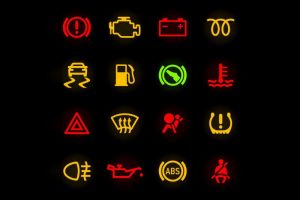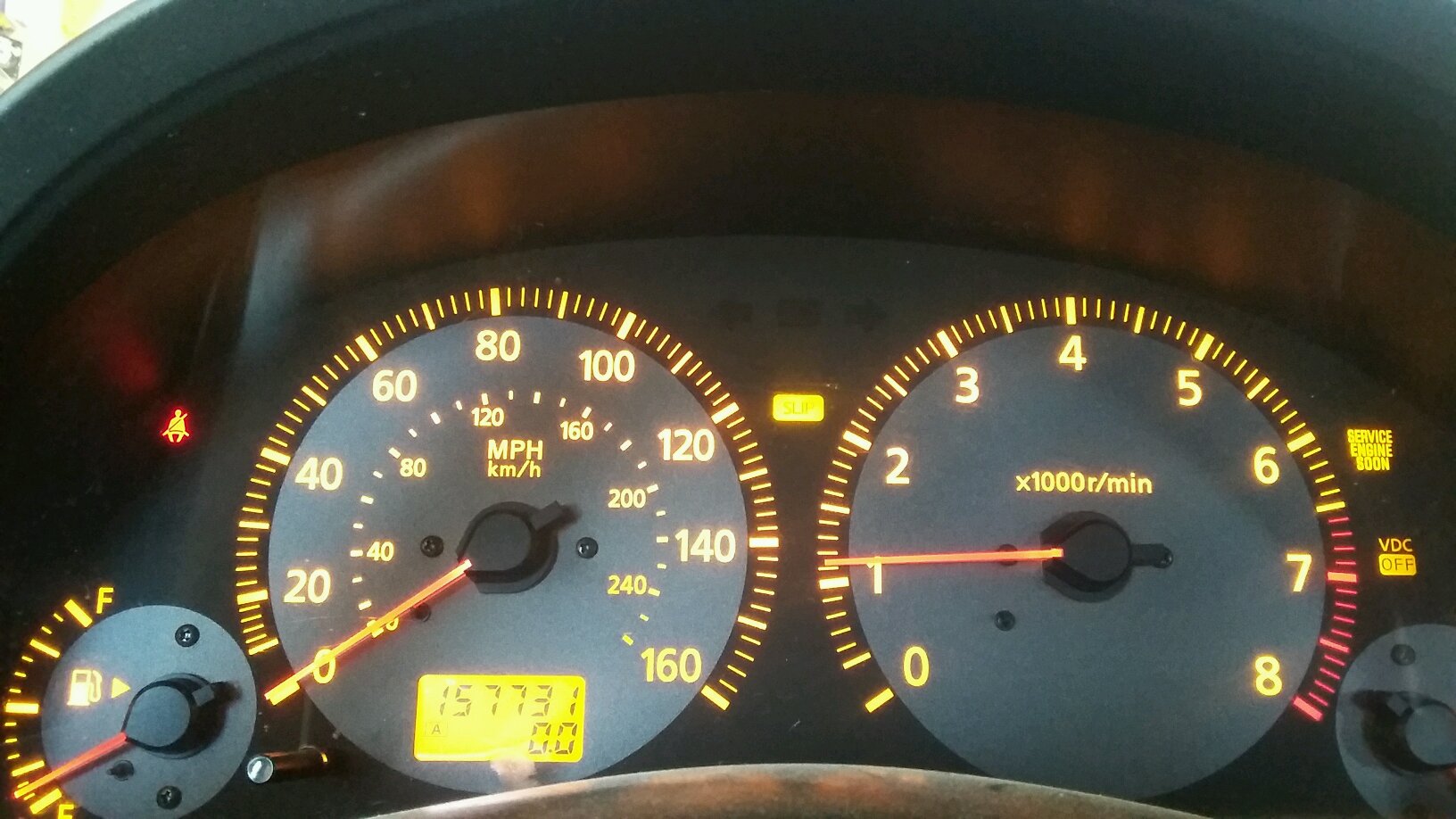What is Limp Mode?
Alright, so you’ve rocked up to the workshop wondering why your Nissan X-Trail suddenly feels like it’s crawling through bumper-to-bumper traffic on Ulster Street, even though you’re putting your foot down. Chances are, your car’s gone into limp mode.
These days, nearly every modern car – from your trusty Toyota Corolla to those late-model Kia Sorentos and even the odd Peugeot 308 we get from Raglan – is run by an engine control unit (ECU). Basically, this little computer brains all the info from a whole bunch of sensors – like your oxygen sensors, mass airflow, MAP, coolant temp, and about a dozen more. From there, it keeps the engine humming along at its best.
But if something starts feeding the ECU dodgy info – maybe a crankshaft sensor on that Hyundai Tucson goes out or a throttle sensor in an older Mazda Axela gets sticky after a week of foggy mornings in Te Awamutu – well, your car flicks itself into limp mode (sometimes you’ll hear folk call it fail-safe or fail-code mode). That’s its way of saying, “Oi, something’s not right, let’s cut back before we break even more.”
What Does Limp Mode Look Like?
If your car’s suddenly stuck in limp mode, here’s what most drivers around Hamilton—whether it’s the main drag down Grey Street or bumpy runs through Nawton—will notice:

- The check engine light pops on, probably with a few others for good measure.
- Your car will stay in one gear – usually second or third – and won’t shift, no matter how many times you give it the old “tap and hope.”
- You’ll struggle to get above 50kph, which isn’t much fun if you’re trying to get from Glenview out to Cambridge or faced with the stop-start on Avalon Drive.
It’s not a breakdown – the car will still move. But honestly, it’s only safe to cruise gently to your local mechanic. If you’re stuck in places like Rototuna or need to get across to Huntly, you might be better off calling for a tow instead of trying your luck with limp mode all the way.
What Sends Your Car Into Limp Mode?
From what we see here in the workshop – everything from a Suzuki Swift with dodgy wiring after a pothole near Hillcrest to the odd Skoda Superb gone weird in the August freeze – limp mode usually happens when the ECU’s getting wonky or missing data from one or more sensors. Sometimes it’s a connector loosened by constant speed bumps down in Melville, or age catching up with your sensors after years of Hamilton’s hot-cold swings.
Some days, we’ll even spot it pop up on hybrids after a low battery in winter, or on Euro imports when they’re not too fond of our NZ fuel. Might fire off a handful of fault codes too. Basically, if the ECU reckons something’s off, it pulls back to protect your engine, gearbox, and wallet.
If you want to get even deeper into the ins and outs, check out this guide about limp mode causes.
Limp Mode Diagnostics & Repair in Hamilton
We see it all – Audis from Morrinsville, Mitsis from Tamahere, and more than a few family wagons from Chartwell. If your car’s in limp mode, bring it in (or tow it if it’s really sluggish). Our technicians can hook up the scanner, run some tests, and sort the cause pretty quick. No faffing about. We’ll get you back on the road, whether you’re heading to a WOF, car service Hamilton, or just want to make sure your hybrid keeps running smooth through the next Waikato winter.
Get hold of us for limp mode diagnostics or to book a service any time.

